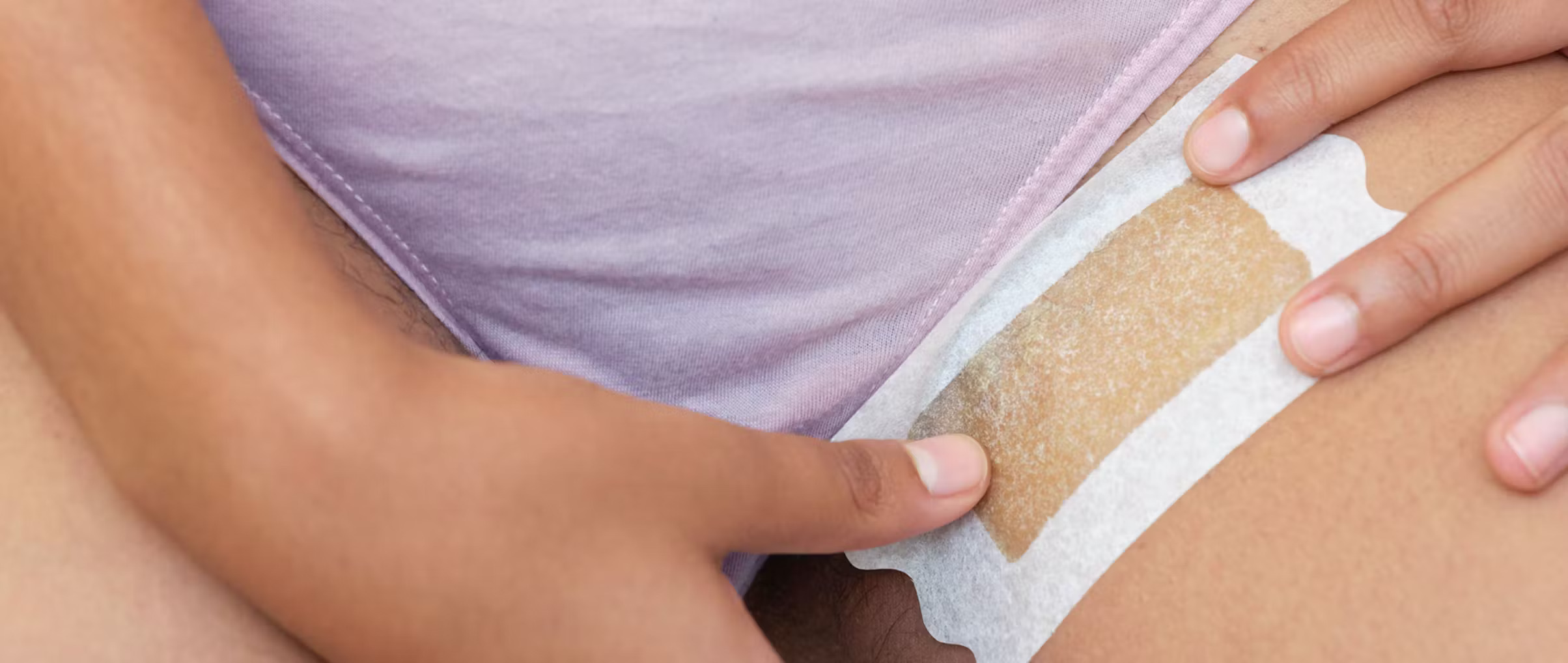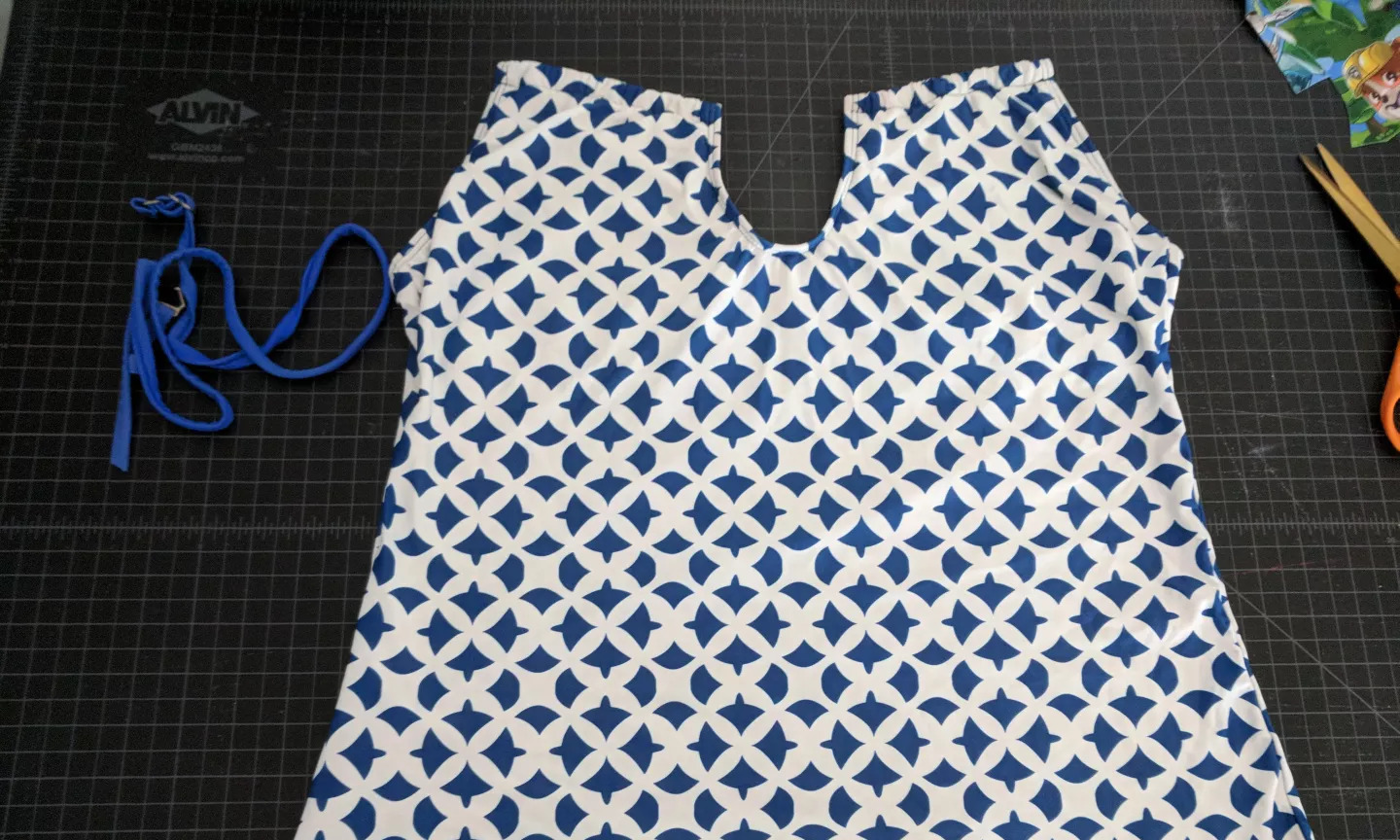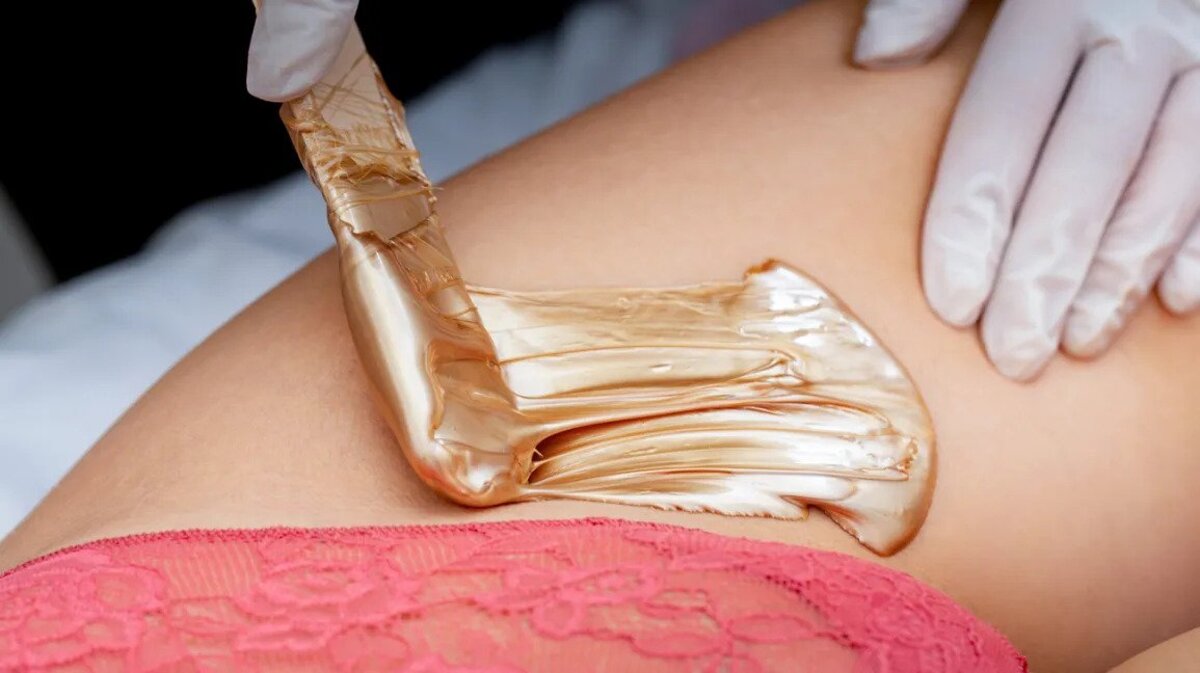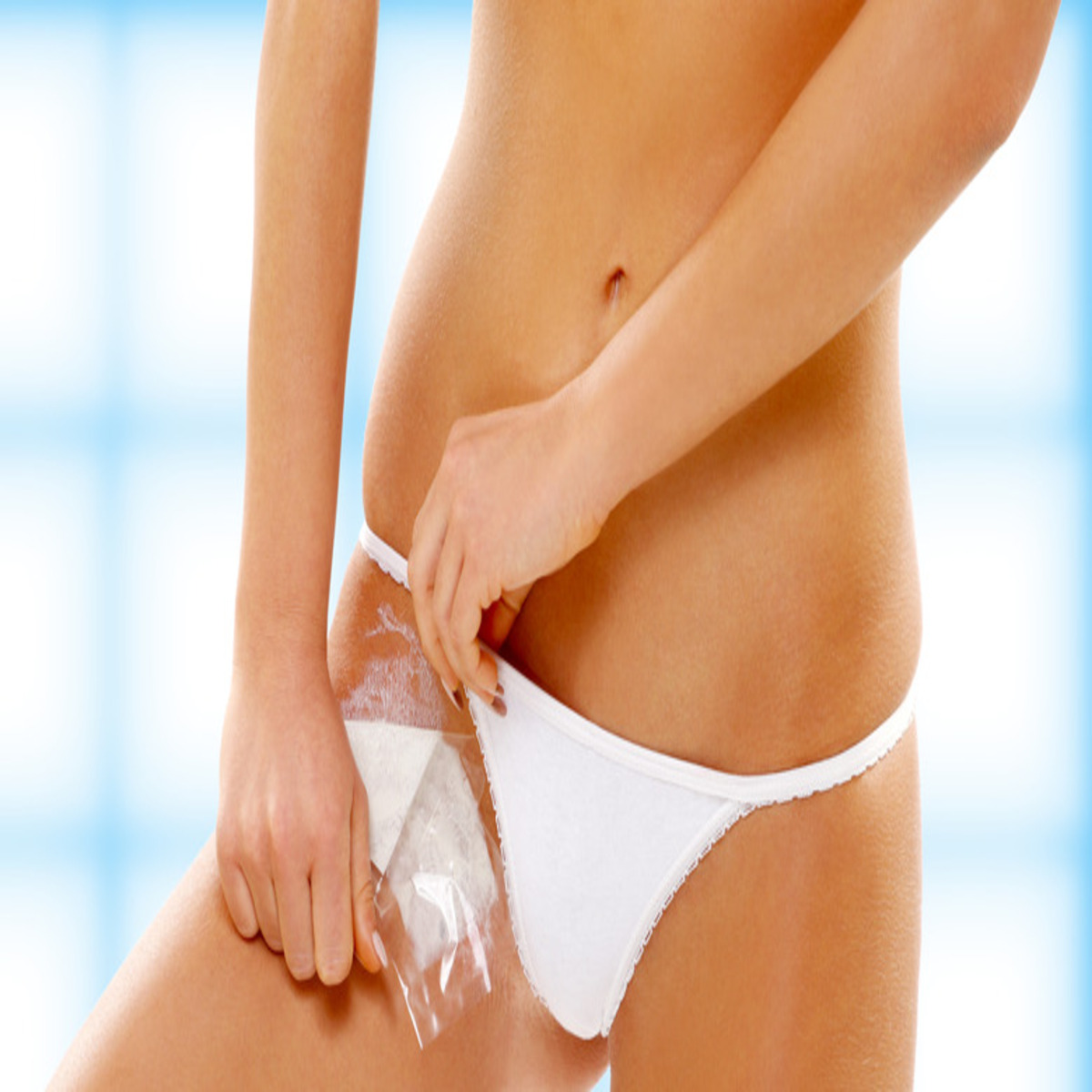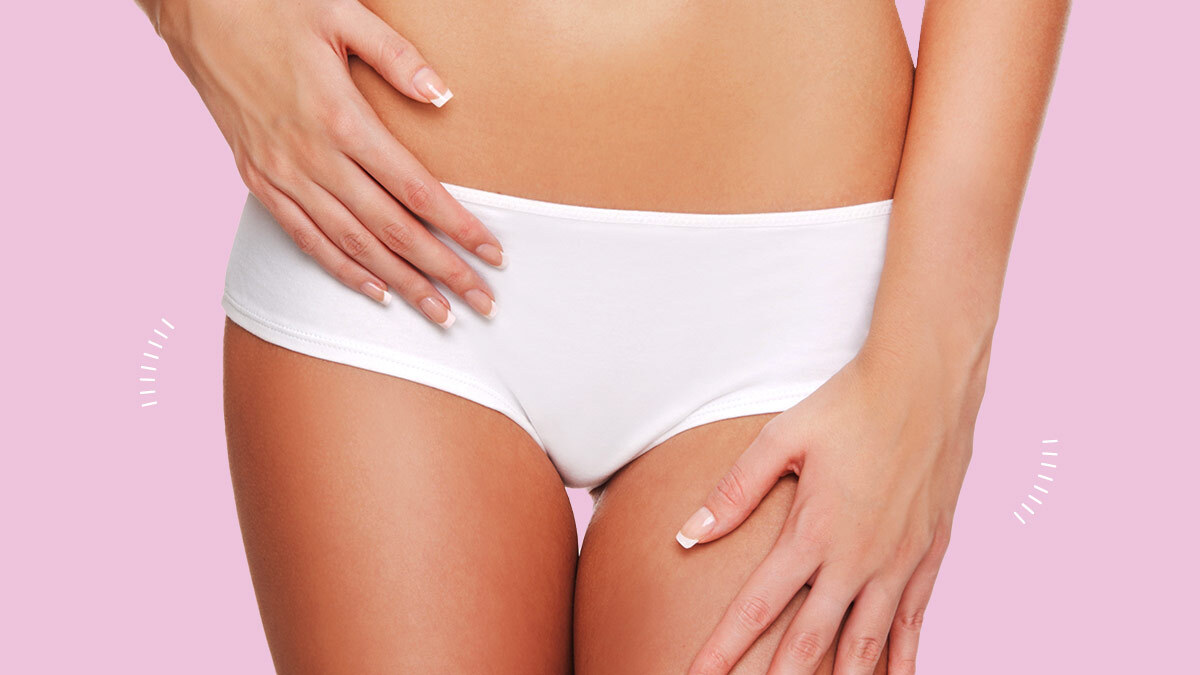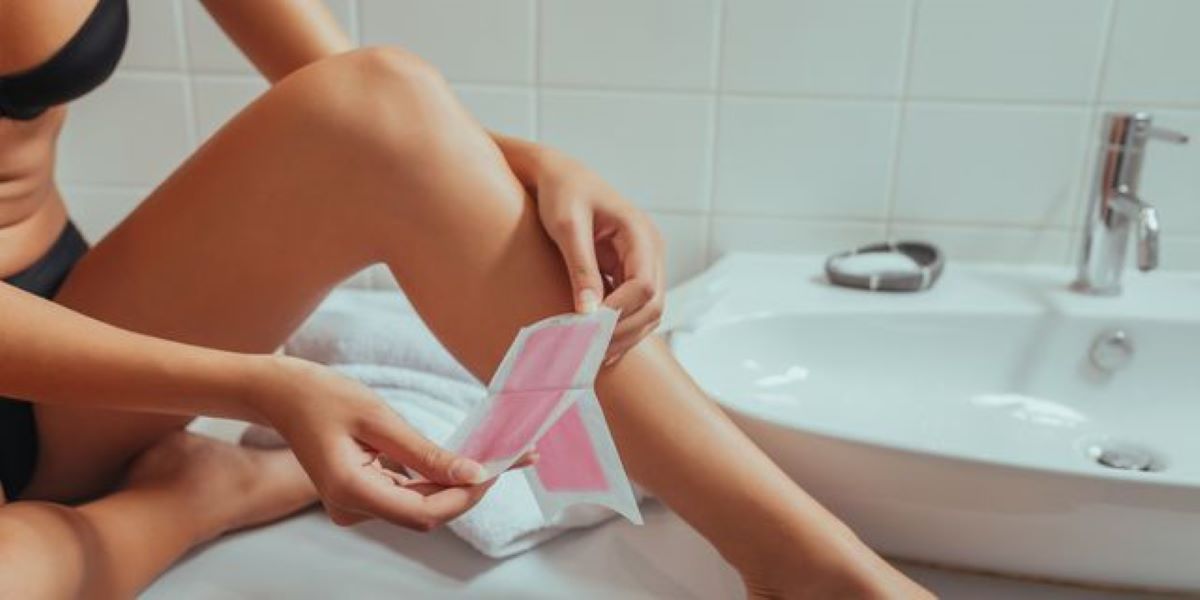Home>How-to Guides>For Women>How To Make Bikini Wax Less Painful


For Women
How To Make Bikini Wax Less Painful
Modified: August 5, 2023
Discover effective tips and techniques for women on how to make bikini waxing less painful. Say goodbye to discomfort and enjoy smoother, hair-free results.
(Many of the links in this article redirect to a specific reviewed product. Your purchase of these products through affiliate links helps to generate commission for Under-tec.com, at no extra cost. Learn more)
Table of Contents
Introduction
Welcome to the ultimate guide on how to make bikini wax less painful. If you’re someone who loves the feeling of smooth, hair-free skin but dreads the thought of the pain that often comes with waxing, you’ve come to the right place. We understand that bikini waxing can be a daunting experience for many women, but fear not – we’re here to help!
Bikini waxing is a popular hair removal method that removes hair from the bikini area, leaving the skin smooth and hair-free for weeks. However, the process can be uncomfortable and even painful, especially for those who are new to waxing or have sensitive skin.
Fortunately, there are several techniques and tips that can make the bikini waxing experience more tolerable. By following these suggestions, you can minimize the pain and achieve a smoother, more comfortable waxing session.
Whether you’re planning a beach vacation, getting ready for a special occasion, or simply prefer the feeling of smooth skin, our guide will provide you with all the information you need to make your bikini waxing experience as painless as possible. We’ll cover everything from preparing for the waxing session to proper aftercare and common mistakes to avoid.
So, if you’re ready to embark on a less painful bikini waxing journey, sit back, relax, and read on to discover our expert tips and tricks. Say goodbye to the fear of pain and hello to smooth, beautifully waxed bikini area!
Preparing for Bikini Wax
Proper preparation before a bikini wax can significantly reduce the pain and discomfort associated with the process. Here are some essential steps to follow:
- Let the hair grow: For the wax to effectively remove the hair, it’s necessary to have enough length. Ideally, allow the hair in the bikini area to grow to at least a quarter of an inch before scheduling your waxing appointment. This ensures that the wax has enough hair to grip onto, making the process more efficient.
- Exfoliate the area: Gently exfoliate the bikini area a day or two before the waxing session. This helps remove dead skin cells and allows the wax to adhere to the hair more effectively. Use a gentle exfoliating scrub or a soft brush to avoid irritating the skin.
- Avoid lotions and creams: On the day of your waxing appointment, avoid applying any lotions, creams, or oils to the bikini area. These products can create a barrier between the hair and the wax, making hair removal less efficient and potentially more painful.
- Take a warm shower: Taking a warm shower before your waxing appointment helps to open up the hair follicles and soften the hair, making it easier to remove. Avoid using hot water, as it can overly stimulate the skin and increase sensitivity.
- Wear loose clothing: On the day of your appointment, choose loose-fitting underwear and clothing to avoid friction and irritation after the wax. Tight clothing can rub against the freshly waxed skin, causing discomfort and potentially ingrown hairs.
By following these preparation tips, you can ensure a smoother and less painful bikini waxing experience. Remember that every individual has different pain thresholds, so the level of discomfort may vary. However, by taking these steps, you can minimize the pain and maximize the effectiveness of the wax, leaving you with beautifully smooth skin!
Choosing the Right Waxing Salon
When it comes to bikini waxing, choosing the right salon is crucial for a less painful and satisfactory experience. Here are some factors to consider when selecting a waxing salon:
- Hygiene and cleanliness: Ensure that the salon maintains high standards of cleanliness and hygiene. The waxing area should be clean, with sanitized tools and disposable materials used for each client. This helps to minimize the risk of infections and ensures a safe experience.
- Experienced estheticians: Look for a salon that has experienced estheticians who specialize in bikini waxing. They should have proper training and knowledge of different waxing techniques to ensure an efficient and comfortable waxing session. Check online reviews or ask for recommendations to find highly skilled professionals.
- Quality of waxing products: Inquire about the type of waxing products the salon uses. High-quality wax, preferably made for sensitive skin, is recommended to minimize pain and reduce the risk of skin irritation. Hard wax, which adheres to the hair rather than the skin, is known to be less painful than strip wax.
- Communication and comfort: A good waxing salon should prioritize open communication and make you feel comfortable throughout the process. The esthetician should listen to your concerns, explain each step of the waxing procedure, and provide aftercare instructions. A comfortable and respectful environment makes the experience more pleasant.
- Pricing and packages: Consider the pricing structure and packages offered by different salons. While cost shouldn’t be the sole determining factor, it’s important to find a salon that provides value for money. Look for package deals or loyalty programs that can help you save money in the long run.
Take your time to research and visit different salons before making a decision. Read reviews, speak to friends or family who have had positive experiences, and trust your instincts when choosing a waxing salon. Remember that finding a reputable and reliable salon is key to a less painful and more enjoyable bikini waxing experience.
Techniques for Minimizing Pain
While bikini waxing may never be completely painless, there are several techniques you can implement to minimize the discomfort. Here are some tried and tested methods:
- Practice deep breathing: Deep breathing exercises can help relax your body and distract you from the pain. Take slow, deep breaths in through your nose and exhale through your mouth. Focus on the rhythm of your breath to ease the tension.
- Apply a numbing cream: Consider using a numbing cream or gel that contains lidocaine before your waxing session. This topical anesthetic can help temporarily numb the skin, reducing the sensation of pain. Apply the cream according to the product instructions, typically 30 minutes before your appointment.
- Use a pain-relief spray: Some salons offer pain-relief sprays that can be applied immediately after waxing to soothe the skin and alleviate discomfort. These sprays often contain ingredients like aloe vera or tea tree oil, which have calming and anti-inflammatory properties.
- Talk to your esthetician: Communication is key during a bikini waxing session. Let your esthetician know if you’re feeling too much pain or discomfort during the process. They can adjust their technique, take breaks if needed, or provide additional support to make the experience more bearable.
- Distract yourself: Find ways to distract yourself from the pain. Bring along your favorite playlist, listen to a podcast, or engage in light conversation with your esthetician. By shifting your focus, you can divert your attention and make the waxing process feel less intense.
- Consider taking a pain reliever: If you know that you have a lower pain tolerance or are particularly sensitive to pain, you may take an over-the-counter pain reliever like ibuprofen or acetaminophen about an hour before your waxing appointment. This can help reduce the discomfort during the session.
Remember that everyone’s pain threshold is different, so what works for one person may not work for another. Experiment with different techniques and find what works best for you. Over time, as you continue waxing, you may find that the discomfort lessens as your body becomes accustomed to the process.
By implementing these pain-minimizing techniques, you can make your bikini waxing experience more tolerable and achieve the smooth, hair-free results you desire.
Proper Aftercare for Bikini Wax
Aftercare is essential to ensure that your bikini wax heals properly and minimize any potential side effects. Here are some important steps to follow for proper aftercare:
- Avoid hot baths and showers: For the first 24-48 hours after your bikini wax, avoid hot baths, showers, steam rooms, or saunas. Hot water can irritate the freshly waxed skin and increase sensitivity.
- Avoid touching the area: Refrain from touching the waxed area with your hands, as they may contain bacteria that can cause infection. Also, avoid scratching or picking the skin, as this can lead to irritation or ingrown hairs.
- Avoid tight clothing and vigorous exercise: Opt for loose-fitting clothing to allow the skin to breathe and recover. Avoid activities that cause excessive friction or sweating, such as intense workouts or long periods of sitting in tight clothing.
- Apply a soothing cream or gel: After your wax, apply a gentle, fragrance-free cream or gel designed for post-wax care. Look for products that contain soothing ingredients like aloe vera or chamomile to calm and moisturize the skin.
- Exfoliate regularly: To prevent ingrown hairs, gently exfoliate the bikini area 2-3 times a week, starting a few days after your wax. Use a soft exfoliating brush or a gentle scrub to remove dead skin cells and promote hair regrowth in the right direction.
- Avoid sun exposure: Keep the waxed area protected from direct sunlight for the first 24-48 hours, as UV rays can cause further irritation and potential skin damage. If you must be in the sun, apply a broad-spectrum sunscreen with at least SPF 30.
- Avoid other hair removal methods: Refrain from using other hair removal methods, such as shaving or depilatory creams, between waxing sessions. These methods can disrupt the hair growth cycle and lead to coarser regrowth.
Following these aftercare steps is crucial for maintaining the health and appearance of your waxed bikini area. Proper care will help soothe the skin, prevent infection, and promote smooth regrowth. If you experience any redness, swelling, or unusual discomfort after your wax, consult your esthetician or a dermatologist for further guidance.
Keep in mind that consistent aftercare is key to achieving long-lasting results and prolonging the time between waxing sessions. By taking care of your skin post-wax, you can enjoy beautifully smooth and hair-free bikini area for weeks to come.
Common Mistakes to Avoid
When it comes to bikini waxing, there are some common mistakes that many people make. By being aware of these pitfalls, you can ensure a smoother and more successful waxing experience. Here are some common mistakes to avoid:
- Shaving between waxing sessions: One of the biggest mistakes is shaving the bikini area in between waxing appointments. Shaving disrupts the hair growth cycle and can lead to uneven regrowth and coarser hair.
- Exfoliating too soon: While regular exfoliation is important for preventing ingrown hairs, exfoliating too soon after a bikini wax can irritate the skin. Wait a few days before starting gentle exfoliation to allow the skin to heal.
- Wearing tight clothing immediately after waxing: Avoid wearing tight-fitting underwear or pants immediately after a waxing session. The friction caused by tight clothing can lead to irritation and ingrown hairs. Opt for loose-fitting clothing to allow the skin to breathe and recover.
- Skipping sunscreen: Protecting the waxed area from the sun’s harmful rays is crucial. Failing to apply sunscreen can lead to sunburn, increased sensitivity, and potential skin damage. Always apply a broad-spectrum sunscreen with at least SPF 30 before sun exposure.
- Over-exfoliating: Exfoliating the bikini area is important, but overdoing it can cause irritation and redness. Stick to gentle exfoliation 2-3 times a week and avoid scrubbing too harshly.
- Taking hot baths or showers: Hot water can irritate freshly waxed skin and increase sensitivity. Avoid hot baths, showers, steam rooms, or saunas for the first 24-48 hours after your waxing session.
- Using scented products: Fragranced lotions, creams, and soaps can irritate the skin after a wax. Opt for unscented or fragrance-free products to avoid any potential discomfort or allergic reactions.
- Not following aftercare instructions: Proper aftercare is essential for maintaining the health and appearance of your waxed bikini area. Failing to follow aftercare instructions can lead to complications, such as ingrown hairs or infections.
- Attempting DIY waxing: Bikini waxing is best done by a trained professional. Attempting a DIY wax at home can lead to uneven results, increased pain, or even injury. It’s worth investing in professional waxing services for the best and safest experience.
By avoiding these common mistakes, you can ensure a more successful and comfortable bikini waxing experience. If you’re uncertain about any aspect of the waxing process, always seek guidance from a professional esthetician or consult a trusted source for reliable information.
Conclusion
Bikini waxing doesn’t have to be a painful and daunting experience. By following the tips and techniques outlined in this guide, you can minimize discomfort and achieve a smoother, more comfortable waxing session. Proper preparation, choosing the right salon, implementing pain-minimizing techniques, and practicing proper aftercare are all key elements in ensuring a successful bikini wax.
Remember to let your hair grow to the ideal length before the wax, exfoliate to remove dead skin cells, and avoid using lotions or creams on the day of your appointment. Choosing a reputable salon with experienced estheticians, using high-quality waxing products, and maintaining open communication are crucial for a positive experience.
During the waxing session, practicing deep breathing, using numbing creams or pain-relief sprays, and finding ways to distract yourself can help minimize pain. Aftercare is equally important – avoid hot water, tight clothing, and vigorous exercise, and apply soothing creams or gels to promote healing and prevent irritation.
Avoid common mistakes like shaving between sessions, over-exfoliating, or skipping sunscreen. By being mindful of these pitfalls, you can enjoy longer-lasting results and reduce the risk of complications such as ingrown hairs or infections.
Ultimately, achieving smooth, hair-free bikini skin is possible with proper care and attention. By arming yourself with knowledge and implementing these tips, you can confidently embrace the bikini waxing process and enjoy the benefits of beautifully groomed skin. So go ahead, book that waxing appointment, and get ready to embrace the confidence and freedom that comes with a smooth and well-maintained bikini area.



